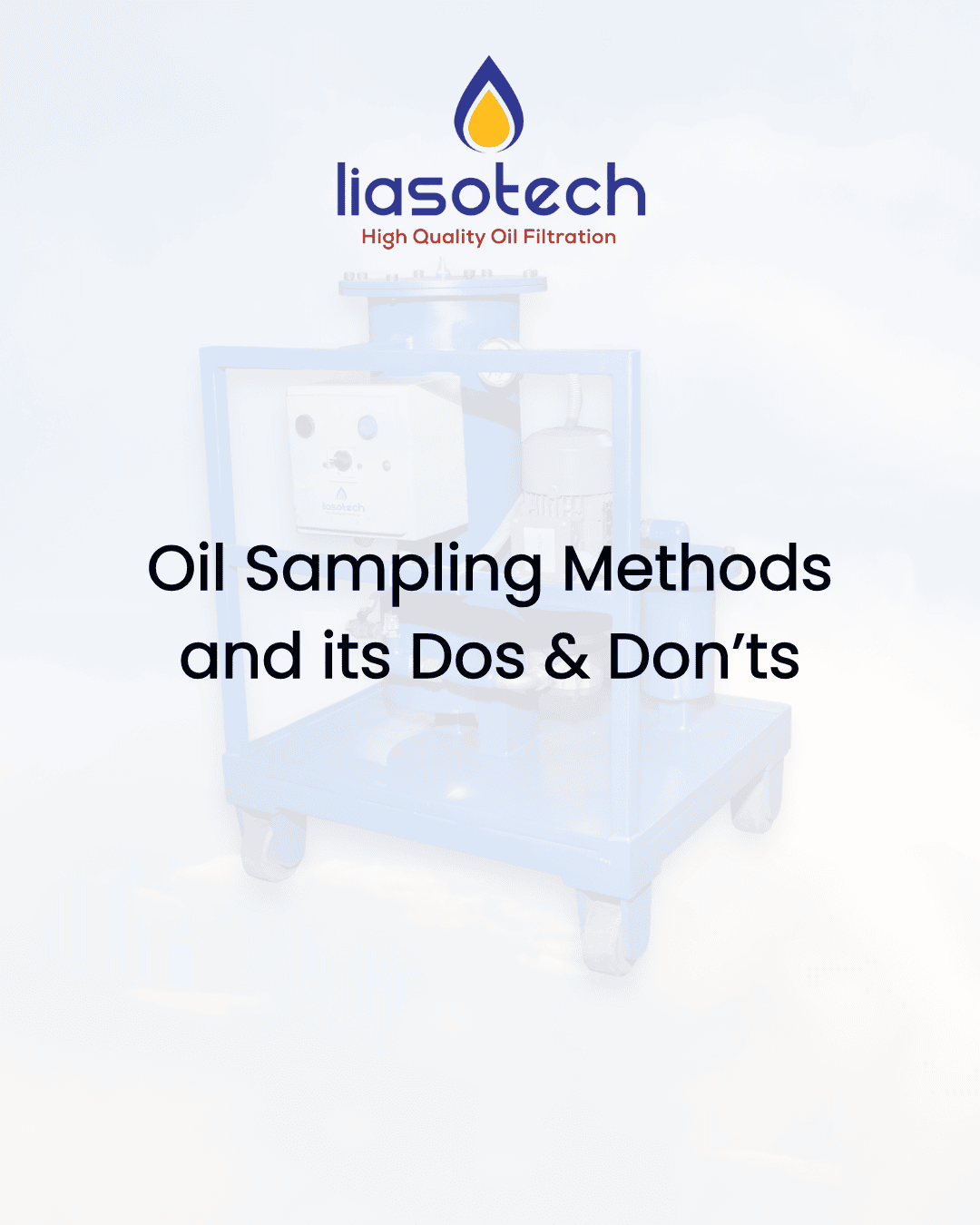
Oil sampling is a crucial step in condition monitoring and predictive maintenance. Proper sampling techniques ensure accurate test results, helping industries detect contamination, wear particles, and degradation in lubricants. However, incorrect methods can lead to misleading analysis and poor maintenance decisions.
Dos of Oil Sampling:
Use the Right Equipment: Always use clean sampling bottles, vacuum pumps, or dedicated sampling ports to avoid external contamination.
Follow a Consistent Sampling Routine: Take samples at regular intervals and from the same location to track trends accurately.
Ensure Proper Temperature & Flow Conditions: Collect samples when the oil is warm and circulating to obtain representative results.
Label Samples Correctly: Record the date, time, equipment details, and sampling location for proper tracking.
Don’ts of Oil Sampling:
Avoid Sampling from Drains or Static Oil: These areas collect sediment and do not represent the actual oil condition.
Do Not Contaminate the Sample: Always handle sampling equipment with clean hands and avoid exposure to dust or moisture.
Don’t Delay Sending Samples for Analysis: Immediate testing ensures accurate contamination and wear data.
Never Mix Old & New Samples: Always use fresh, clean bottles to prevent cross-contamination.
By following the right oil sampling methods, industries can make informed maintenance decisions, extend equipment life, and optimize lubrication performance.
